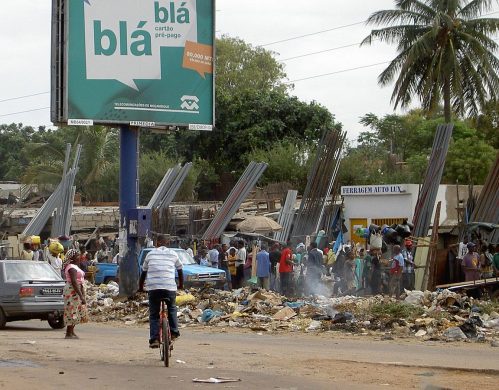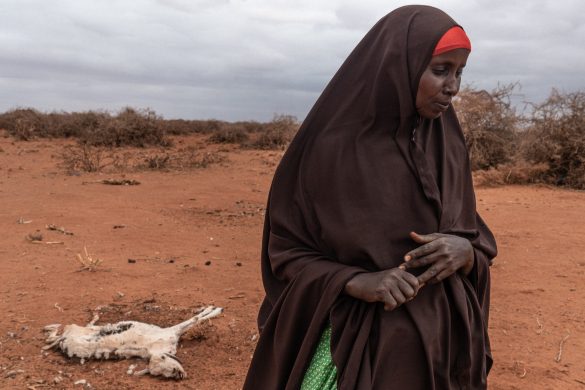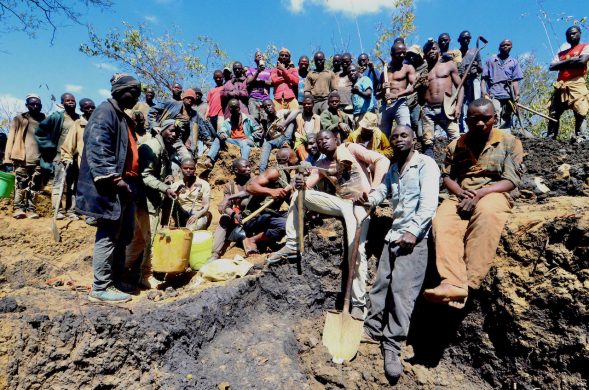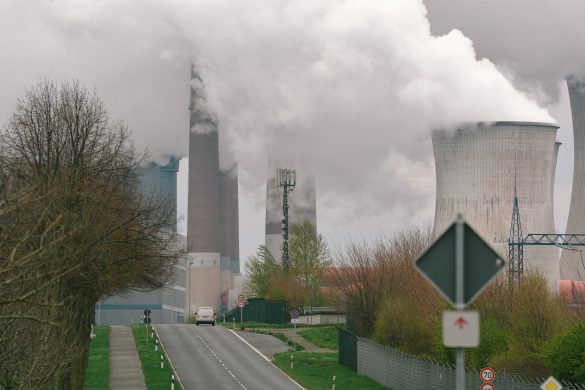Mozambique’s government is set to speed up closure of the country’s largest waste disposal site, following the collapse of a mound of rubbish that led to the deaths of 16 people on 19 February.
The tragedy exposed the poor waste management in the capital Maputo, as well as the precarious situation of the hundreds of garbage collectors living near the site.
The heavy rain hitting the country recently caused the avalanche at the Hulene waste disposal site, in Maputo’s outskirts, burying several houses. Nine adults and five children died at the scene, and another four adults and two children were hospitalized.
The incident happened at around 2 a.m., when residents were sleeping. Seven homes were completely destroyed and over 120 people were removed from the area.
Moved to waste disposal in search of safety
In operation since 1972, the open-air waste disposal site is the largest in Mozambique and the only to serve Maputo, a city with over a million inhabitants that produces around a tonne of rubbish per day.
The Hulene B neighbourhood, spread over 17 hectares, or around 24 football pitches, is an area with a high population density located approximately seven kilometres from central Maputo.
For years there has been talk of closing the site. With the tragedy, politicians appear to be committed to accelerating the process – the next day, the central government recommended to Maputo’s administration that it expedite relocating the families.
Læs hele artiklen hos Global Voices














